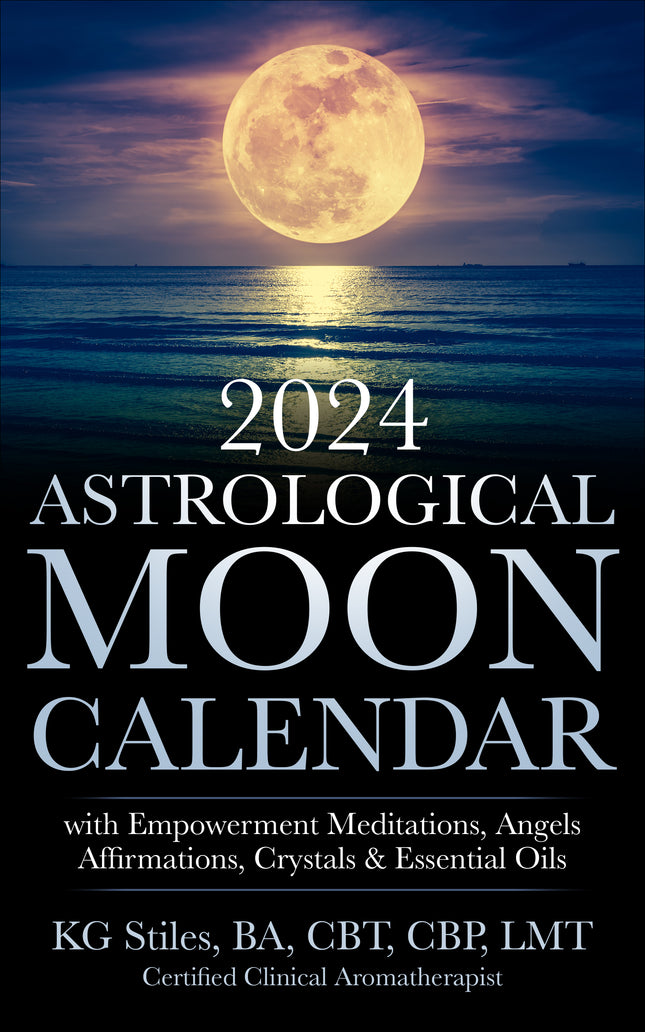
These memorable, aromatic scents will help to brighten up your Christmas season!
Clove (Eugenia caryophyllata) - High Phenols (The Warriors) over 75%
The best clove oil is grown and distilled in Madagascar, while Indonesian clove oil is also quite good though less robust and complex. In 2005, Indonesia produced 70% of the world’s supply of clove oil.
Cloves enjoyed special importance in the early spice trade. As early as 200 BCE envoys to China used cloves as breath fresheners when meeting with the emperor at court.
Historically, clove’s pungent and spicy aromatic taste was appreciated for use as a flavoring in many foods during the holidays and at Christmas. Favorite foods of old like mincemeat pies and wassail featured clove spice.
Studies on the ‘Microbicide Activity of Clove Essential Oil’ show Clove Oil to be a, “Potential sources of novel antimicrobial compounds especially against bacterial pathogens.”
Cinnamon (Cinnamomum zeylanicum) - High Phenol (The Warriors) 79%
Studies show that the aromas of orange, cinnamon, and cloves are more associated with the Christmas season by test subjects than any other aroma. Cinnamon oil was shown to be “most intimately connected to this time of the year.”
Cinnamon is one of the world's oldest spices. Sri Lanka is the main provider of cinnamon oil. However, the scent of Cinnamon oil from Madagascar has a more complex scent with notably warmer and spicier notes, though slightly less sweet.
Use of cinnamon dates back to almost 2800 BC. It was initially referred to as “Kwai” in the Chinese language.
Cinnamon was a component of the anointing oil used by Moses for the purpose of anointment (to make a person holy) as mentioned in the Bible.
The Romans used it for its medicinal properties for digestive and respiratory ailments. It was also used in Roman funerals to mask the odor of dead bodies.
Cinnamon was used in Egypt for embalming mummies as well as for its fragrance and flavoring properties.
In the 15th century Cinnamon’s expensive and highly treasured status led to the quest to find sources in other parts of the world. Exploration for cinnamon motivated Christopher Columbus's voyage which led to the discovery of a new world.
The hunt for Cinnamon also led to Vasco da Gama's exploration of South India and Sri Lanka (also known as Ceylon). Because of Cinnamon’s prized status any country which held the Sri Lanka area under its control also had a control over the lucrative world trade market of cinnamon. Over the years the area was dominated first by Portuguese, later by the Dutch and finally by the British in 1815.
Cinnamon’s exotic flavor and aroma make it a key ingredient in many kitchens and households. Since 2800 BCE our ancestors have used Cinnamon for a variety of purposes such as anointing, embalming and to treat various maladies.
In more recent years researchers have conducted many clinical trials to explore the beneficial effects of cinnamon. It’s been studied for use in Parkinson’s, diabetes, blood, and brain conditions. Extensive research data has demonstrated Cinnamon oil’s “antioxidant, anti-inflammatory, antilipemic, antidiabetic, antimicrobial, and anticancer effect.”
Black Spruce (Picea) - Monoterpene (The Athletes) 40%
Smells like Christmas! Bring the smell of Christmas trees into your home with the scent of Black Spruce oil.
Black spruce trees are one of the most popular Christmas trees, along with Fir. Black spruce trees have excellent color and a very traditional Christmas tree appearance. The aroma of the Black Spruce has a noticeably fragrant deep forest evergreen aroma that makes it a stand out favorite choice for many in their home at Christmas. Its branches are stiff and hold up well to ornaments.
Traditionally, the Lakota Indians, who lived in the northern part of what is now the United States, were known for using black spruce. They used the oils collected from black spruce trees to treat wounds, as well as to help relax their muscles after strenuous activity during the day.
Sweet Orange (Citrus sinensis) - High Limonene 93% Cancer Research
As with many citrus oils, sweet orange oil is thought to have originated in southeast Asia. Some form of the sweet orange fruit is thought to have been available in the ancient days of China, before the Christian era.
As noted above, orange oil is one of the aromas (along with Cinnamon and Clove) that studies have shown to be most associated with Christmas.
A study on the effect of sweet orange aroma on anxiety in humans, concluded that, “Results indicate an acute anxiolytic activity of sweet orange aroma, giving some scientific support to its use as a tranquilizer by aromatherapists.”
Sweet orange oil is the most widely produced oil in the world. It is also one of the least expensive, making it less vulnerable to adulteration.
Peppermint (Mentha x piperita) - Menthol (The Female Athlete) 44%
First cultivated in England during the late 17th century, peppermint has been used since the times of ancient Egypt. Dried peppermint leaves have been found in the Egyptian pyramids dating to 1,000 BCE.
Both ancient Greeks and Romans used the herb to relieve stomach upsets. Peppermint became popular in Europe as a folk remedy for treating nausea, vomiting, morning sickness, respiratory infections and menstrual discomfort.
There are numerous myths and legends about the origin of the peppermint candy cane. One legend has it that the candy cane dates back to 1670, when a, “Choirmaster at the Cologne Cathedral in Germany handed out sugar sticks among his young singers to keep them quiet during the Living Creche ceremony and, in honor of the occasion, he bent the candies into shepherds' crooks.”
The Smithsonian debunks this myth and says all the explanations floating around about the candy cane origins are untrue. Concluding that, “We don’t know the origins of the candy cane, but they were most certainly not Christian.
The National Confectioners Association reports that candy canes are the #1 selling non-chocolate candy during the month of December, with, “90 percent of the red and white striped treats sold between Thanksgiving and Christmas.”
Frankincense/Olibanum (Boswellia frereana) - High alpha thujene (Monoterpene) 46%
Frankincense has been traded in the Arabian peninsula for more than 6,000 years. Arabians living in the Arabian peninsula were thought to be the richest people in the world by the time of Jesus.
Frankincense is mentioned in the New Testament as one of the three gifts (along with gold and myrrh) that the magi "from the East" presented to the Christ Child (Matthew 2:11).
Modern science has discovered why Frankincense was considered such a treasured gift presented by the Magi. In fact, scholars now consider Frankincense to have been the more valuable gift because of its marked benefit as a medicine and its ability to protect against disease. In antiquity Frankincense was valued as much as gold.
The key active ingredient in frankincense, boswellic acid, “Has a structure similar to hormones like testosterone.”
Boswellic acids have anti-inflammatory and anti-arthritic effects. Studies show these compounds seem to work by preventing the body from making pro-inflammatory compounds. Boswellic acids also exert anti-tumor effects in colorectal cancer cells.
RELATED Article, Top 5 Ways to Get into the Holiday Spirit +Christmas Magic Essential Oil Recipe.








Leave a comment